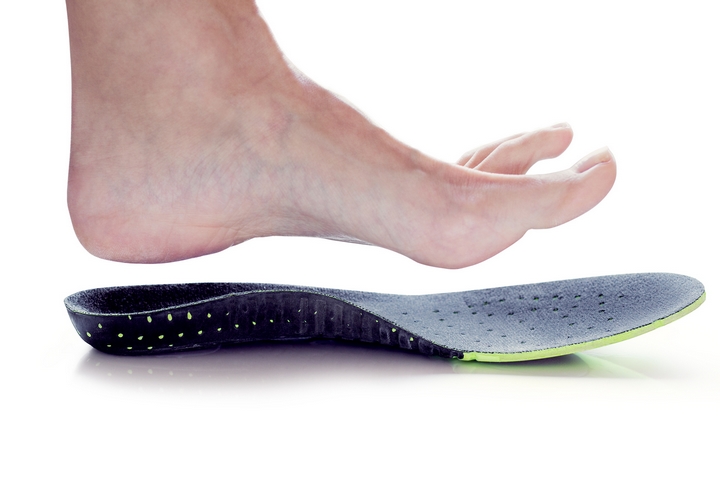Do your feet bother you? Are you getting tired of feeling like your mobility is limited because after some time of your feet, they become sore and achy? For many people suffering from these problems, the first step is to try a simple shoe insert, hoping that it will solve the problem. Although, it is true that in some cases this works, more often than not, an orthotic is needed instead.
1. What is an insert?

Inserts are the generic option that you can buy in many stores without a prescription and they are intended to offer additional cushioning and support. They are usually made of materials like gel, plastic, or foam and fit directly into your shoes. They are designed to accommodate the average shape of a foot and are not custom-made for you.
It is true that they can provide arch support or extra cushioning on the heel, around the toes, or for your entire foot. Inserts might make your shoes more comfortable but aren’t designed to correct foot problems. Orthotics are something different.
2. What is an orthotic?

Unlike inserts, orthotics are made specially for your unique foot. They are prescription medical devices that you wear inside your shoes to correct biomechanical foot issues such as problems with how you walk, stand, or run. They are intended to actually change something about the way your move and position your foot, but just make the activity more comfortable or the pain less noticeable.
That being said, in addition to their corrective abilities, orthotics can also help with foot pain caused by medical conditions such as diabetes, plantar fasciitis, bursitis, and arthritis. Depending on when you start wearing them and how effective they prove to be, in some cases orthotics might even help you avoid surgery.
3. You need to see a specialist

Orthotics sound great because they are, but it is important to understand how important it is to get them made by an experienced specialist is they are really going to be able to help. If you’re suffering from problems, you probably already appreciate that the foot, ankle, knee and hip biomechanics are very complex.
Analysing the way someone walks, of their “gait,” is an art that requires expertise and thorough consideration. In order to end up with orthotics that are actually going to be able to solve the problem, prescription should only take place after a detailed examination — at least a half hour, and more if the case is complex.
4. What will be checked during an examination?

During your assessment, a trained podiatrist will take 3D images of each foot and do a thorough examination. Depending on the issues you’re experiencing, they might ask you to walk around, so that they can observe how your feet, ankles, legs, and hips move. If it is decided that you would benefit from orthotics, a precise mold will be made of your foot. Once the mold is ready, a professional will turn it into rigid or soft orthotics.
Soft or rigid orthotics?
Now it needs to be determined whether you would benefit more from the rigid, or “functional,” type or the soft, or “accommodative,” type. The former is made from materials like plastic or carbon fiber. This kind of orthotic is designed to ease foot aches and strains as well as pain in the legs, thighs, and lower back that you might feel if your foot doesn’t work like it should. Soft orthotics, on the other hand, are made from soft compression materials. They’re built to provide extra cushioning which will work to take the pressure off uncomfortable or sore spots from conditions such as plantar fasciitis or diabetic foot ulcers.



